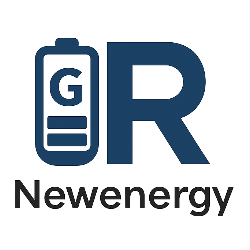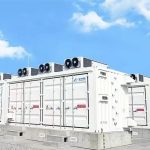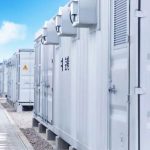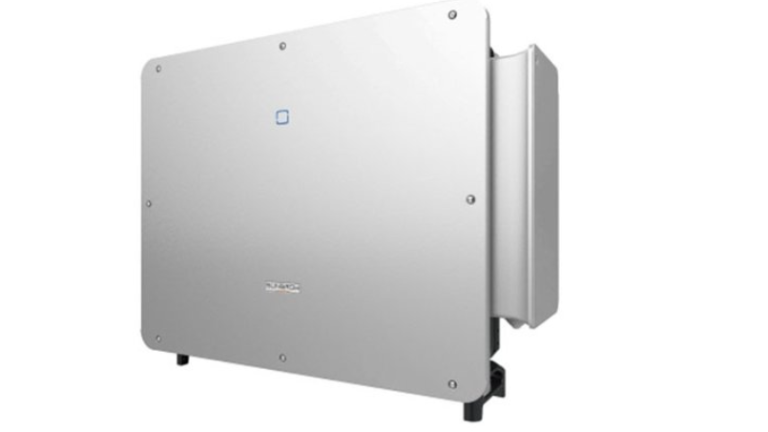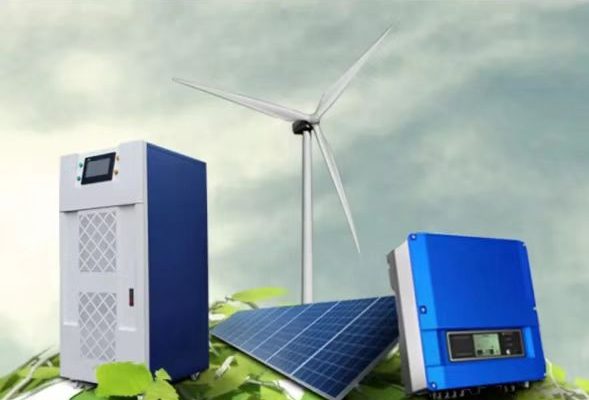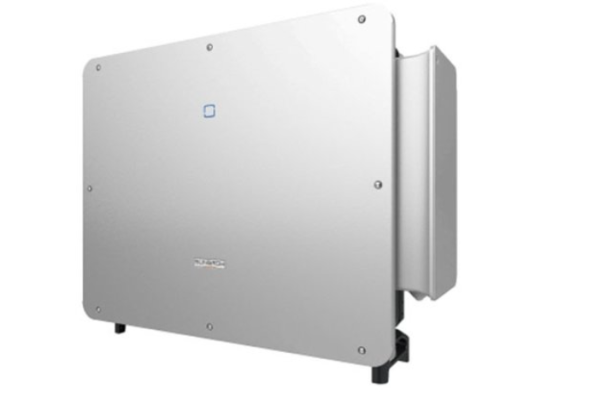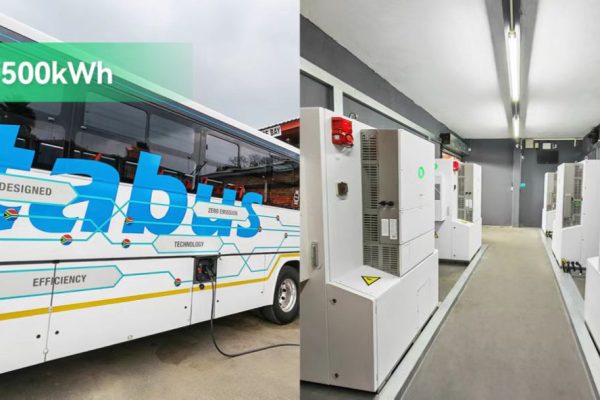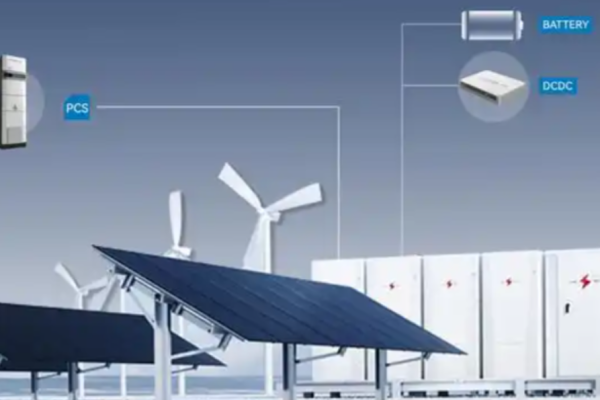What Is an Inverter?
An inverter is an electronic device that converts direct current (DC) into alternating current (AC), enabling the use of batteries, solar panels, or other DC power sources to run standard AC appliances. Inverters are essential in solar power systems, electric vehicles (EVs), UPS systems, and industrial machinery.
Key Features of Modern Inverters
- Conversion Efficiency (90%-98%)
- Pure Sine Wave vs. Modified Sine Wave output
- Voltage Regulation (12V, 24V, 48V, or higher)
- Protection Mechanisms (overload, short-circuit, overheating)
How Does an Inverter Work?
1. DC Input Stage
The inverter receives DC power from a battery, solar panel, or other DC source. Common input voltages include 12V, 24V, and 48V.
2. Conversion Process (DC to AC)
- Oscillator Circuit generates a high-frequency AC signal.
- Transformer steps up the voltage to match standard AC levels (110V/120V or 220V/240V).
- PWM (Pulse Width Modulation) refines the output waveform for stable power.
3. Output Stage
- Pure Sine Wave Inverters – Best for sensitive electronics (laptops, medical devices).
- Modified Sine Wave Inverters – Cost-effective for basic appliances (lights, tools).
Types of Inverters and Their Applications
| Type | Best For | Example Use Cases |
|---|---|---|
| Pure Sine Wave | Sensitive electronics, medical equipment | Solar systems, home backup power |
| Modified Sine Wave | Basic appliances, power tools | RVs, off-grid cabins |
| Grid-Tie Inverter | Solar panel systems (feeding into the grid) | Residential/Commercial solar setups |
| Off-Grid Inverter | Standalone power systems (no grid connection) | Remote locations, emergency backup |
How to Choose the Right Inverter?
1. Power Requirements (Wattage)
- Calculate the total wattage of devices you’ll power.
- Choose an inverter with 20-30% higher capacity than your peak load.
2. Input Voltage Compatibility
- Match the inverter’s input voltage (12V, 24V, 48V) with your battery/solar system.
3. Waveform Type
- Pure Sine Wave for electronics (TVs, laptops).
- Modified Sine Wave for resistive loads (heaters, lights).
4. Efficiency & Safety Features
- Look for high efficiency (≥90%) and protections (overload, short-circuit).
Common Inverter Applications
✔ Solar Power Systems – Converts solar DC power to usable AC.
✔ Electric Vehicles (EVs) – Powers onboard electronics.
✔ Uninterruptible Power Supplies (UPS) – Provides backup during outages.
✔ Marine & RV Use – Runs appliances off-grid.
Conclusion
Inverters are crucial for modern energy systems, enabling efficient DC-to-AC conversion for residential, industrial, and renewable energy applications. When selecting an inverter, consider power needs, waveform type, and safety features to ensure optimal performance.
Need a high-efficiency inverter? Consult with experts to find the best solution for your setup.
